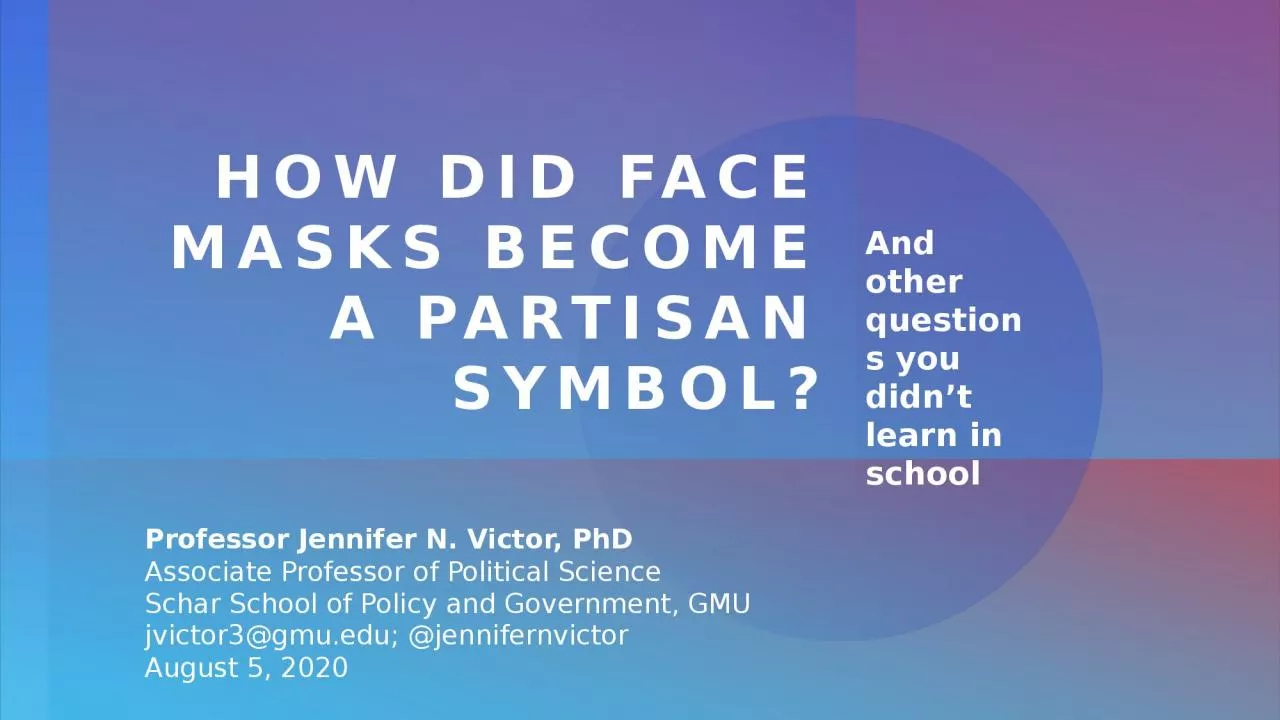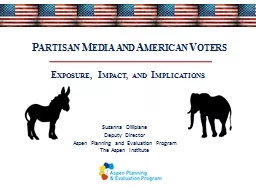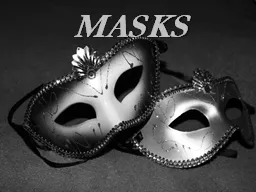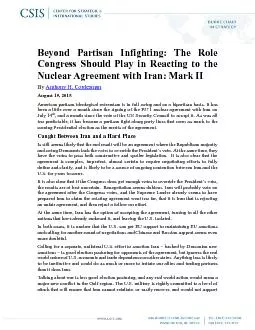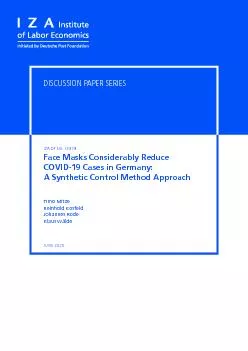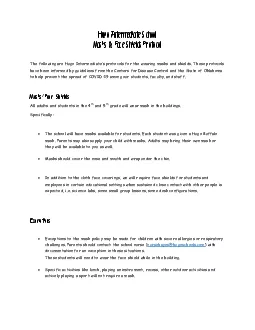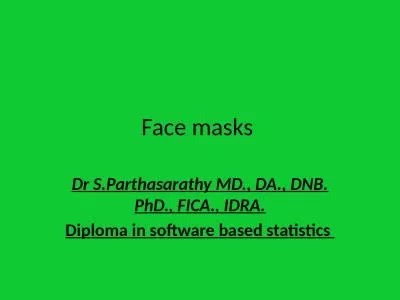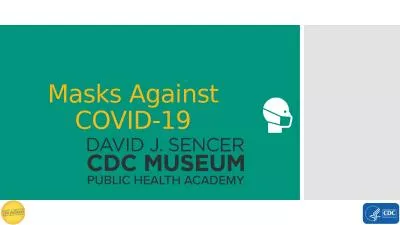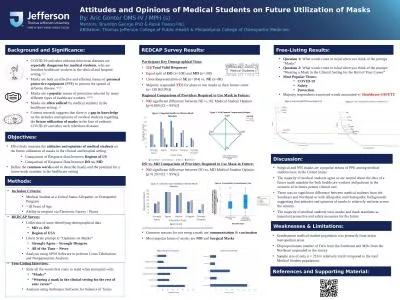PPT-How did face masks become a partisan symbol?
Author : ella | Published Date : 2024-02-09
Professor Jennifer N Victor PhD Associate Professor of Political Science Schar School of Policy and Government GMU jvictor3gmuedu jennifernvictor August 5 2020 And
Presentation Embed Code
Download Presentation
Download Presentation The PPT/PDF document "How did face masks become a partisan sym..." is the property of its rightful owner. Permission is granted to download and print the materials on this website for personal, non-commercial use only, and to display it on your personal computer provided you do not modify the materials and that you retain all copyright notices contained in the materials. By downloading content from our website, you accept the terms of this agreement.
How did face masks become a partisan symbol?: Transcript
Download Rules Of Document
"How did face masks become a partisan symbol?"The content belongs to its owner. You may download and print it for personal use, without modification, and keep all copyright notices. By downloading, you agree to these terms.
Related Documents

